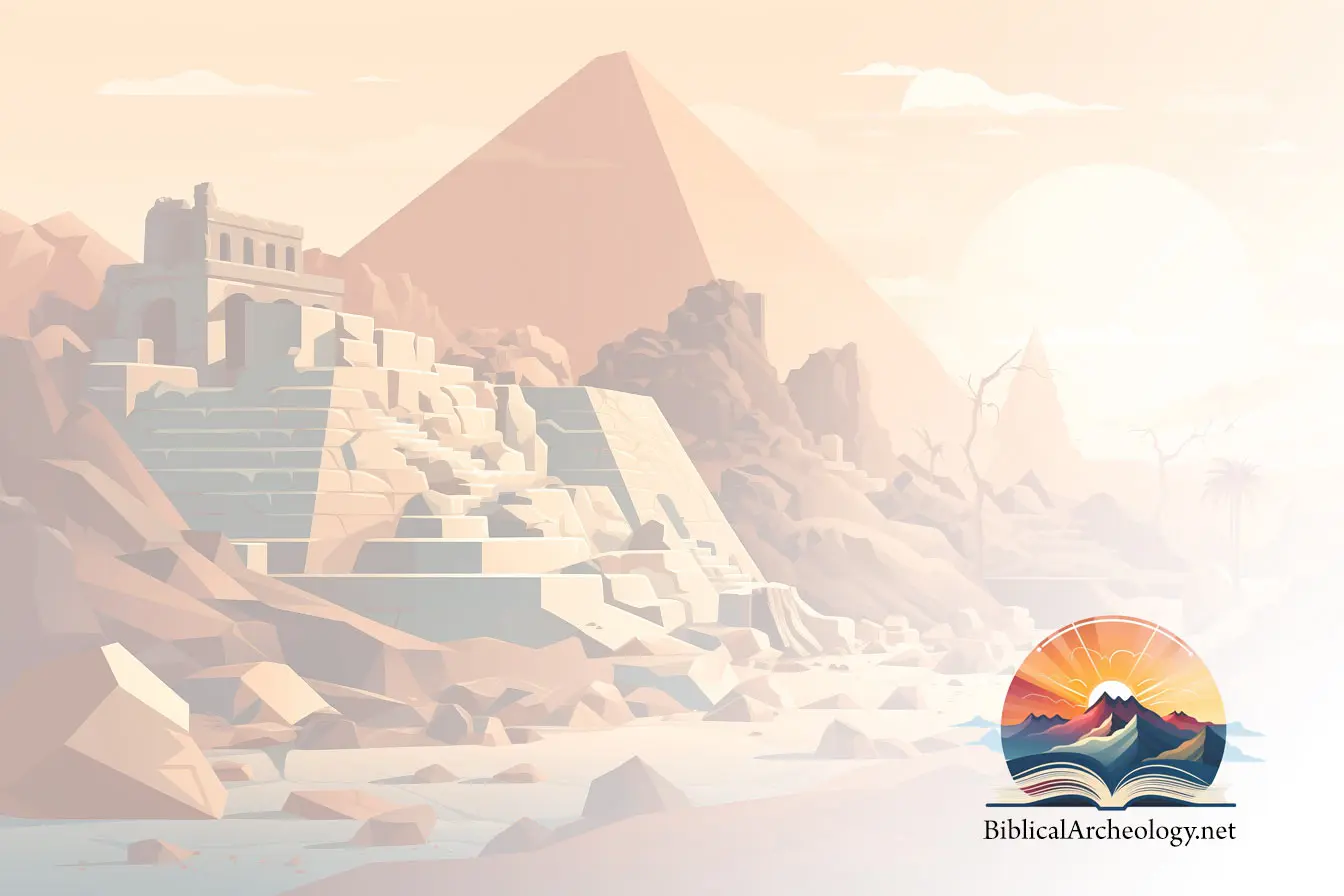Salvage excavations conducted by the Israel Antiquities Authority (IAA) in Kfar Kana, in northern Israel, have uncovered an ancient city that dates back to the time of the Biblical kingdom of Israel. Excavations exposed a section of the city wall and remains of buildings. The IAA has dated the site to the 10th-9th centuries BC.
The director of the excavation, Yardenna Alexandre, reported finding evidence indicating the city was destroyed in the 9th century BC, probably by an enemy. He also found pottery vessels, large quantities of animal bones, a scarab depicting a man surrounded by two crocodiles and a ceramic seal bearing the image of a lion.
Following the destruction the area was abandoned until its ruins were reinhabited by settlers in the Early Roman period (1st century AD). These people can be identified as Galilean Jews known from previous excavations carried out at the site and from historic information that identifies the settlement as “Cana of the Galilee,” the place mentioned in the New Testament where Jesus attended a wedding feast along with His mother and at least some of His disciples, and where, at His mother’s request, He turned water into wine.
Some of the walls of the ancient city were reused in the new construction and new floors were laid down. Among the other antiquities discovered dating to this period are hiding places in the form of underground pits. The Jewish settlers built igloo-shaped pits among the ruins of the previous settlement. The bedrock served as the floor of the pit and the walls were built up using stones.
A rock-hewn pit was discovered in one of the tunnels and in it were eleven complete storage jars characteristic of the second half of the 1st century AD. The pits are linked by short tunnels that were apparently cut into the rock before the Great Jewish Revolt against the Romans that began in 66 AD
Alexandre said that “the pits are connected to each other by short tunnels and it seems that they were used as hiding refuges – a kind of concealed subterranean home – that were built prior to the Great Revolt against the Romans in the year 66 AD.”
This Article Is Reproduced With Special Permission From Archeological Diggings Magazine. For More Information And A Subscription, Please Visit www.DiggingsOnline.Com


